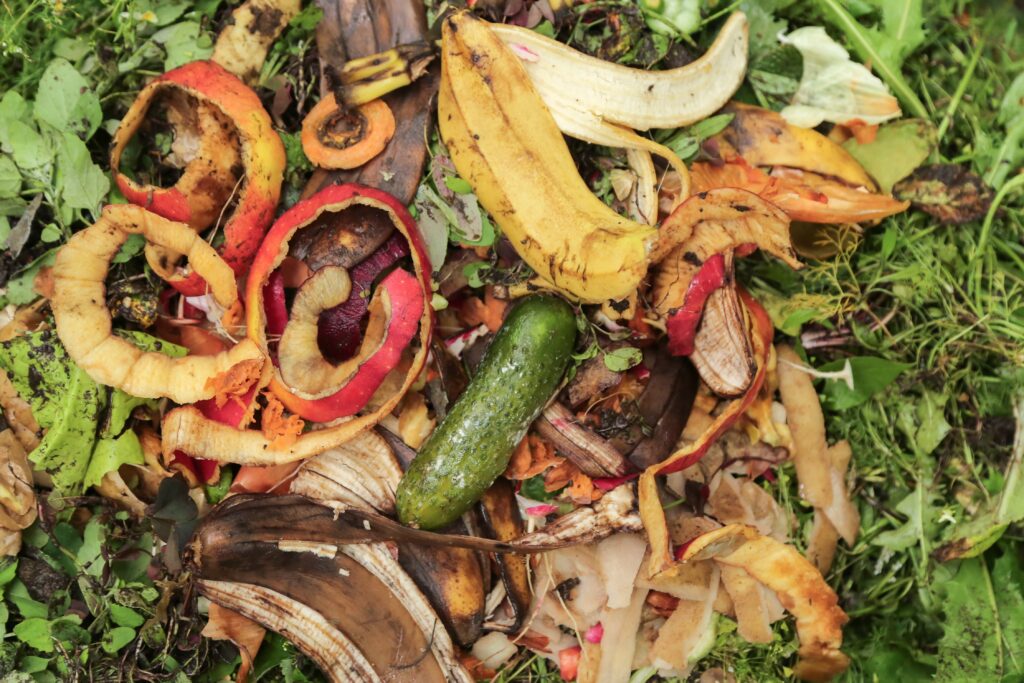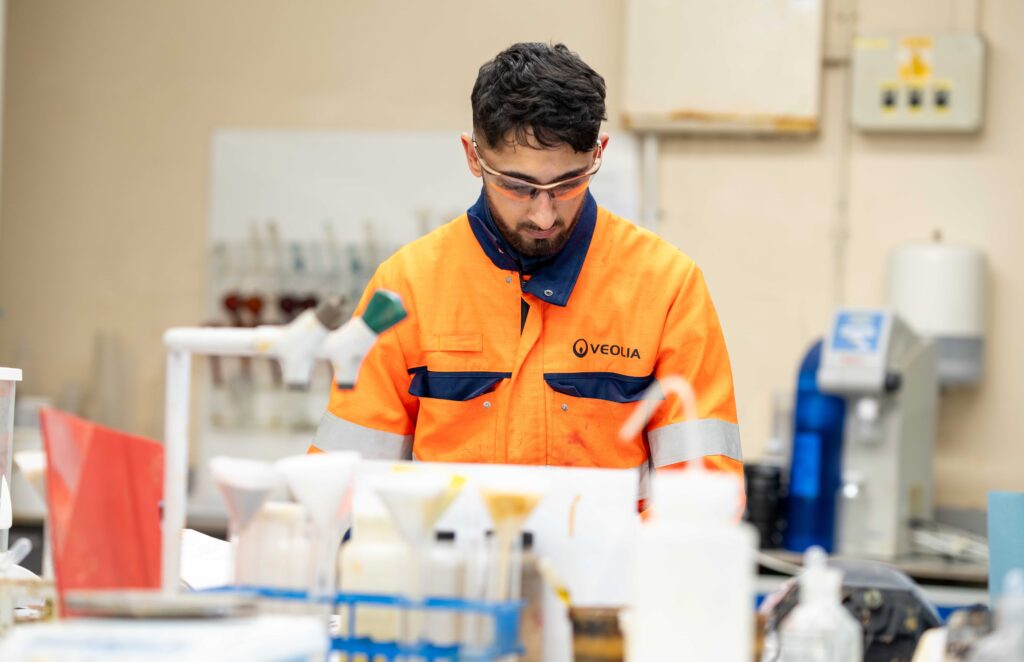Due to “energise” in 2023, the park will aim to generate around 4,300 megawatt hours (MWh) of energy each year – enough to power more than 1,300 homes.
With rising energy prices, using landfill sites as solar power parks is becoming more popular. Last year, Veolia took a similar step across its portfolio (see letsrecycle.com story).
It is thought to be easier for landfill sites to provide solar power to the National Grid than it would be for many other facilities because they may already have a connection, generating electricity from turbines powered by landfill gas. Connecting to the National Grid can be costly without an existing link.
Chris Ellis, director of operations at FCC Environment, stated: “We are delighted to be working with Infinis to repurpose the Winterton landfill site and excited about the pipeline of similar projects on our sites which are currently progressing through the planning process. These projects play an important role in supporting the UK achieving its Net Zero ambition.”
Renewable energy development has never been more important
- Andrew Leeding, Infinis
Infinis
FCC described Infinis as “the UK’s leading generator of low carbon power from captured methane”.
The Winterton solar energy park will occupy approximately 18 acres. It will be constructed in accordance with a methodology approved by the Environment Agency, which will protect the existing landfill structure.
Andrew Leeding, director of development and construction at Infinis, added: “The Government’s recent energy security strategy focuses on the need to increase UK renewable energy generation, while also seeking to decarbonise the UK electricity system by 2035.
“Renewable energy development has never been more important. Infinis and FCC Environment are working together to develop a pipeline of solar energy projects on FCC landfill sites UK-wide. We’re delighted to be constructing Winterton Solar Park as our first of hopefully many projects together.”










Subscribe for free